Yawanawa – Mulateiro Rapé
Our Mulateiro Rapé is made with Mulateiro ashes, a tree also known as Pau Mulato (Calycophyllum spruceanum). Mulateiro contains anti-parasitic and anti-aging properties. For this reason the cosmetics industry uses the bark more and more. They use it in creams and soaps and other anti ageing formulations. The tree has a very smooth bark that falls off and regenerates swiftly, according to the locals that shows its regenerative qualities. It grows close to the river side and is tall and slim, elegant and majestic.
Within the traditional Yawanawa native plant knowledge the tea of its bark remedies fevers and rheumatism. Mulateiro Hapé can provide relief from accumulated tensions in the brain lobes, providing relaxation of body and mind.
Mulateiro Rapé Ritualistic use
The sacred ritualistic use of this snuff is associated with concentration. They use it to focus the mind on and within the spiritual work being greater clarity in their astral journeys. As such it is a good medicine to use when working the third eye or Ajna Chakra, the center of mental concentration. A concentrated mind keeps you focused on your goal, this works in life but also in your shamanic journeying. A wondering mind goes all over the place and usually the only place it doesn’t go is where it should. For this reason both in indigenous and non indigenous Ayahuasqueiro culture there is great emphasis on training concentration within the force of the spiritual work, to help you guide your journey.
More about Rapé…
Use with respect and care; it is a tobacco product and can be habit forming!
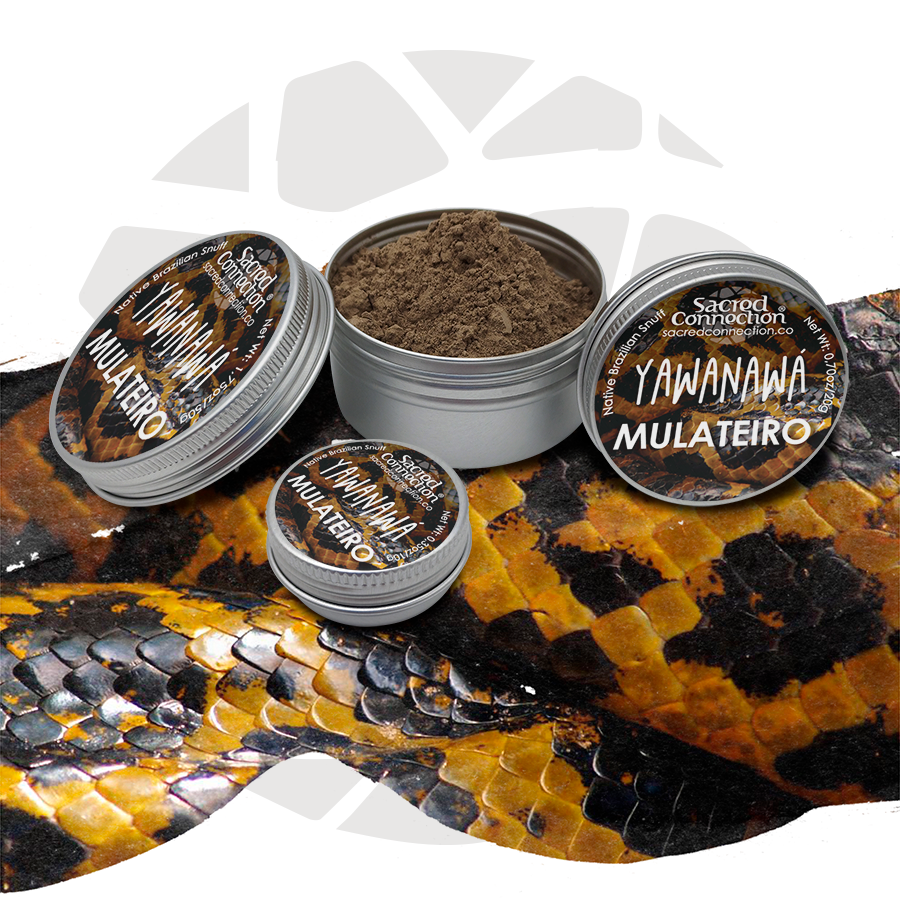
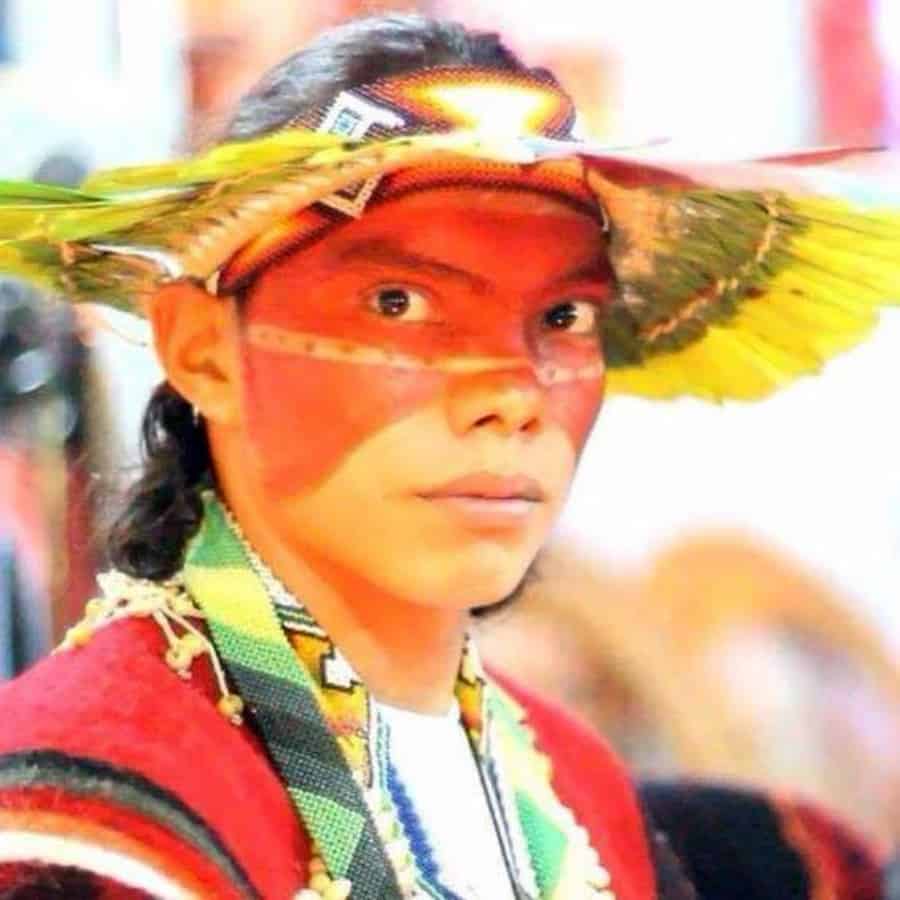

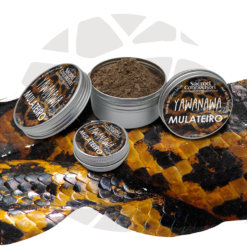





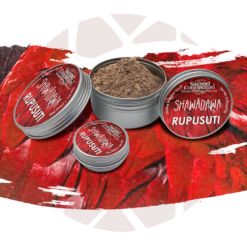
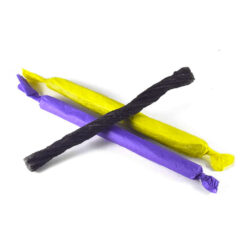





comcreeper.am (verified owner) –
Calming focus that greatly reduces my anxiety, and increases my breathability. Will be buying again, fast as fast can be shipping as well.
Sacred Connection Team –
Sacred Connection thanks you for your feedback! It means the world to us.
Anthony Perez –
Fast shipping and high quality product. It is helping with my anxiety. Wonderful medicine!
Sacred Connection Team –
Sacred Connection thanks you for your feedback! It means the world to us.